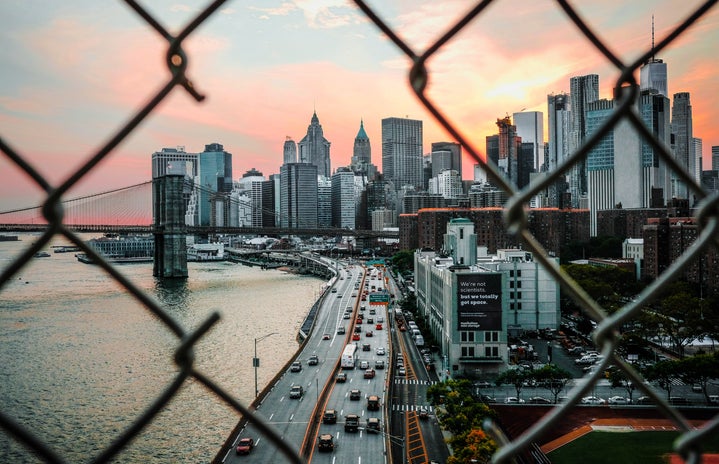The polar vortex which brought the big freeze to America recently is found around the north pole. It’s a band of strong winds, high up in the atmosphere that keeps the bitterly cold air locked around the Arctic region. This circulation isn’t considered to be a weather pattern and sometimes the vortex can become distorted and meander far further south than usual.
These extremely cold temperatures have gotten more severe recently, due to a combination of global warming and the polar vortex. Studies have pointed to a recent increase in instances where the polar vortex has moved to heavily populated areas. Scientists are gaining a better understanding of why this is happening and climate change seems to be the main factor.
But should global warming not be making the world warmer? Donald Trump believes so, “In coming days, expected to get even colder. People can’t last outside even for minutes,” the US president tweeted the time of the bad weather. “What the hell is going on with Global Warming? Please come back fast, we need you!”
“Global warming” applies to the long-term trend of rising average global temperatures. And “Climate change” is a broader term that reflects the fact that carbon pollution does more than just warm our planet. It’s what is currently happening whilst Global warming is the overall impact. Carbon pollution is also changing rain and snow patterns and increasing the risk of intense storms and droughts.
So basically, the polar vortex is where warmer land temperatures, particularly in northern North America and northern Eurasia, allow more heat to be transported into the Arctic stratosphere. A warmer Earth makes sudden stratospheric warming events more common and more regular. And those events threatening the polar vortex, bring cold air down into the mid-latitudes and cause extreme weather.
As the Earth continues to warm, there will be reduced snow cover and less sea ice in these critical regions, which will alter the pressure and temperature of the regions at the boundary of the polar vortex. In extreme cases, the polar vortex weakens or collapses as a result. It has become an all-too-frequent phenomenon in recent years.
The last four years have been the warmest on record, and there is every indication that the global warming trend will continue. Right now, Australia is experiencing a brutal heatwave, which has led to heat-associated illnesses, power outages, fires and wildlife die-offs.
The enormous cold snap America experienced in 2014 wasn’t a one-off event. Weather fluctuation like this is to be expected in the next few years. The climate is changing, and it’s affecting our weather in a variety of ways all across the globe.
This is one effect of climate change that’s already here and will take centuries to reverse. These freezing temperatures and extraordinary cold snaps won’t feel extraordinary for long. As the Earth continues to warm, extreme weather events like this will become normal, with many climatologists predicting an unstable polar vortex bringing huge storms multiple times per decade.



